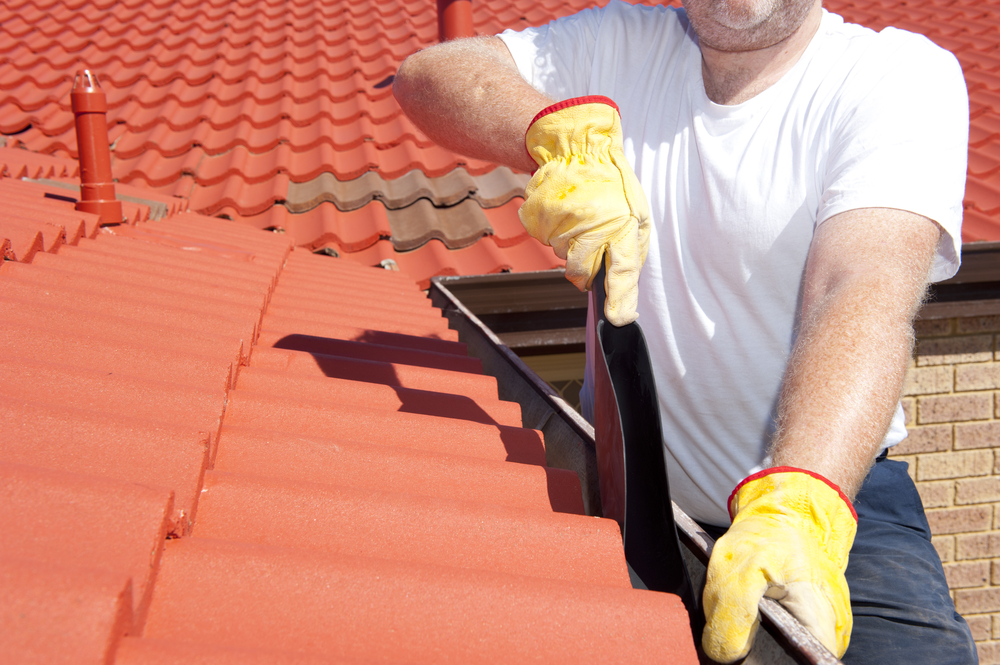
How To Clean Your Roof Shingles
20th October 2020
Preparing for The Chemical Cleaning
You need to start by picking an overcast and cool day. Avoid cleaning under warm and hot weather. Why? Because the sunlight will quickly dry up all of your cleaning solutions. Also, make sure to pick a day that has little wind to successfully spray your solution. In this way, there won’t be any interference, and the solution will stay intact on your roof. You should always trust the professionals from a roof cleaning company in St Helens.
You need to remember one more thing before you apply the solution. Always remember to fix flashings and shaky shingles for minimising the damage. You also need to start cleaning your downspouts and the gutters. The cleaning solution is required to drain off your roof while rinsing.
Try to move away from any furniture present in the work area to protect your yard. Covering your yard is a necessity, especially when you are using a bleach solution. Rinsing down the plants and lawn before you start cleaning is required. In this way, the water is diluting all the harmful bleach. Proceed to use plastic for covering them to catch any spraying.
Removing the debris from your roof is a necessity before cleaning the stains. Clean up all the leaves and twigs present on your roof. If you find it tiring to use your hands, we recommend using a broom or an air dryer.
For the non-ammonia, you could try using TSP or Trisodium Phosphate. The roof and plant are corrosive to bleach. Make sure to include 50% of the bleach in the solution. Lye items will also work, but they are corrosive to your skin. You need to wear a safe protective gear to handle them.
Use your water sprayer/garden hose and begin spraying from the bottom. Do it carefully so the solution doesn’t immediately dry out. Once you start seeing the runoff, make sure to stop. Now you need to load your solution into the sprayer and start coating the shingles with slow and even strokes. Don’t leave any spots unturned, and let the solution soak for about 15 to 20 minutes.
For dislodging the moss and algae, utilise a water sprayer. It will have enough force to clean without damaging your shingles. Plus, a garden hose will be perfectly fitting for roofs with light stains. Avoid using power washers, as it will damage your shingles. For deeper stains, you will have to reapply the same solution after it dries up. Start rinsing it off after 30 minutes. You can use a broom with medium bristles for scrubbing.
Preventing Algae & Moss
You need to clean your roof daily if you want to prevent its growth. The growth of algae and moss creates a moist surrounding that stems from fallen leaves, debris, and branches. You need to clean them up from to time and also remember to handle the gutters too. Try trimming the branches of your nearby tree because the shady surrounding encourages moss and algae growth. Good sunlight exposure will prevent them from activating.
You could try getting a stain blocker from the market. Once you finish cleaning your roof, start spreading this blocker in the directions given on the label. They offer resistance up to three years, which will keep you from constant cleaning. Another smart tactic would be to apply strips of zinc and copper. Place them under the shingles but installing them could puncture the sealant present on your shingles. So, it is advisable to do them when you are putting a new roof.
Conclusion
You can follow these steps to not just prevent but clean your roof shingles. If you are cleaning, then use gloves, face masks, and other measures. Roof accidents happen quite often with inexperienced cleaners, and so you need to take up strict measures. However, we think it is best to call professional cleaners instead. They do it quicker, cleaner, and professionally for a long-lasting duration.


